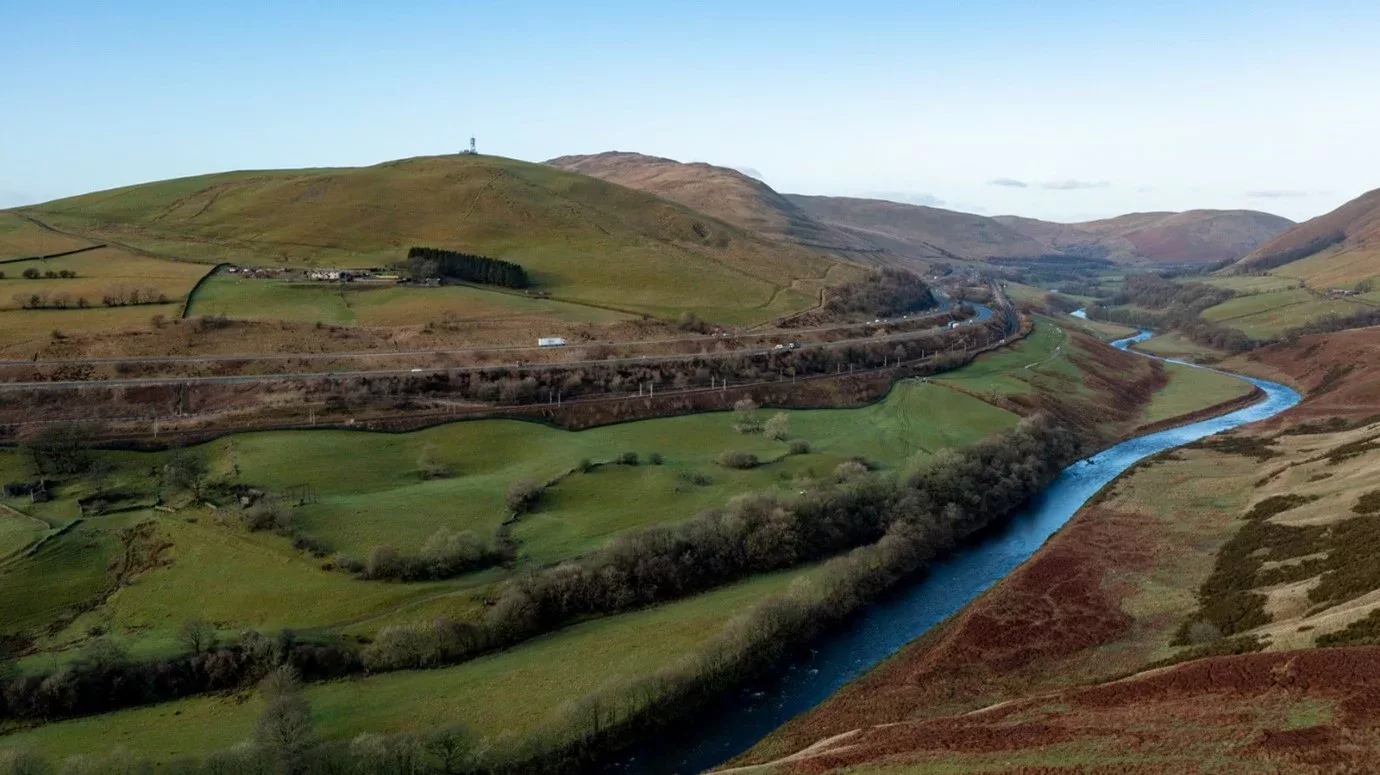A highly detailed map of the habitats found alongside England’s busiest roads will be produced for the first time under plans to boost biodiversity.
Manchester Metropolitan University has been commissioned to develop a new mapping system which will make it easier for National Highways, the government-owned company responsible for motorways and major A roads in England, to keep track of the ecosystems bordering the country’s 4,300 miles of road network.
With the country relying heavily on roads to move people and goods, National Highways is committed to improving environment outcomes and tackling climate change.
The innovative research and development programme will use more than 20 different sets of data to overlap and layer National Highways’ soft estate, roughly 28,258 hectares of green land close to the roads.
While the company has detailed environmental maps of many individual locations – this new approach will map the entirety of England’s strategic road network for the first time.
The land surrounding the road network is often undisturbed by humans and contains a range of protected habitats including species rich grasslands, woodlands and wetlands; each potentially supporting a number of rare and protected animals and plants including barn owls, peregrine falcons, dormice, rare orchids and other wild plants.
Because it is not possible or practical for National Highways to survey every inch of its soft estate manually, this innovative mapping tool will enable the company to carry out intuitive ground-level assessments of the local habitat and enable it to more precisely target biodiversity investment in the future.
Laurence Lewis-Jones, National Highways’ Principal Biodiversity Advisor, said: “We’re excited to be working with Manchester Metropolitan University to ensure that we are maximising our biodiversity work that will bring long-lasting benefits to people, nature and wildlife. This is a glowing example of how funding and partnership working can help to improve biodiversity.
“This is an important building block of the work we’re undertaking to protect and enhance the ecology and environment across the country, with an aim of achieving no net loss of biodiversity across all our work areas.
“We know that roads can on occasions compromise the quality of the environment. For wildlife, roads can fragment important habitats, putting pressure on plant and animal populations.
“This project will hopefully go a long way to helping with this combat these challenges, putting animals, plants and nature back at the heart of our network.”
As the UK’s most sustainable university, Manchester Metropolitan is perfectly positioned to provide the scientific evidence to help National Highways shape its approach to tackling climate change and the protection of natural resources.
Dr Chris Field, leader of the research team at Manchester Met, said: “We’re really pleased to be involved in such an innovative project.
“Through remote mapping and the application of the Biodiversity Metric, which is a measurement used to assess an area’s value to wildlife across the whole strategic road network, we can take a comprehensive view that helps National Highways make strategic investment decisions that will help boost biodiversity.”

























